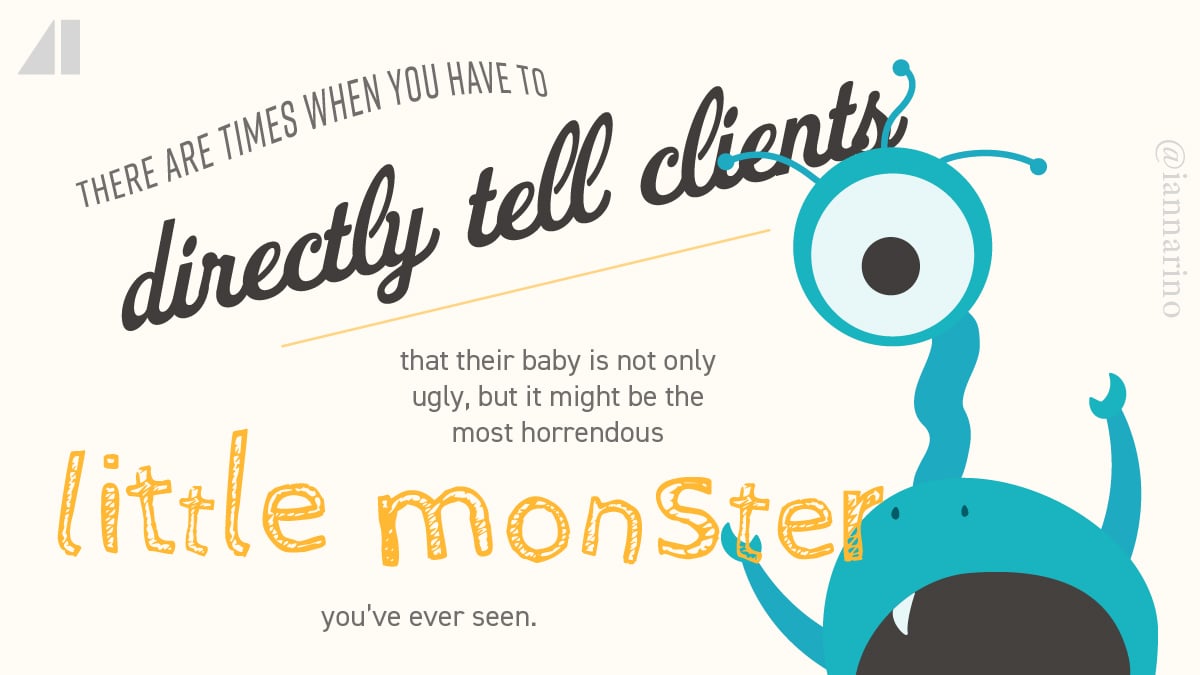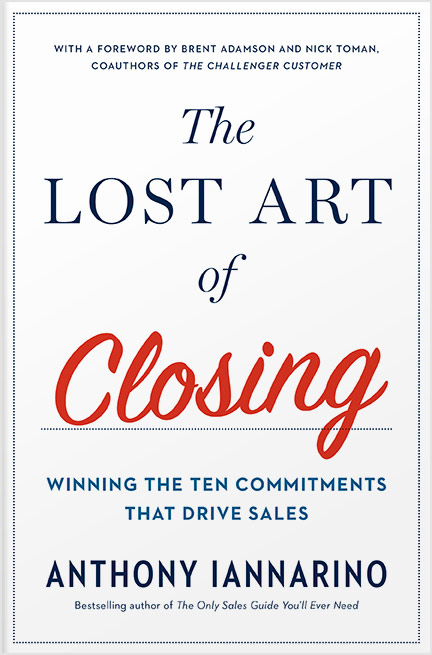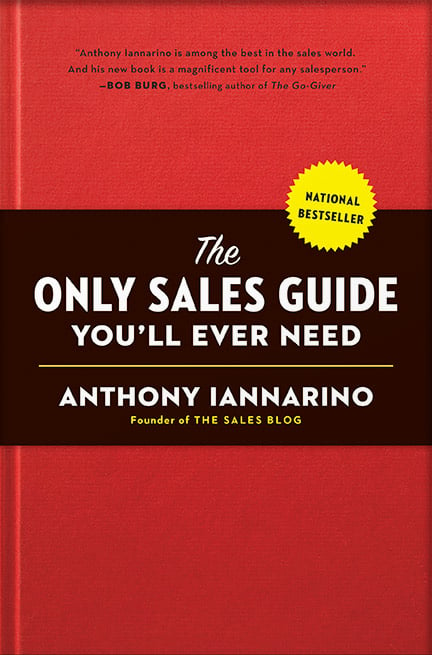The Gist:
- Sometimes helping your client requires that they change their conditions, especially when the problem cannot be solved by changing solutions or partners.
- Being consultative requires telling the truth about change, even when it doesn’t serve you.
- One test of how consultative you are is your willingness and ability to help clients change.
I flew home a day early to meet with a client who was struggling terribly to meet their goals. They had sent their senior leaders to one of their locations to figure out how to stop losing clients—and fast.
When I entered the room, the gruff senior leader lit into me for allowing my team to fail to deliver on our commitments. It was true, we were failing. He was used to intimidating people, including his own leadership team, but I’d had enough experience with bullies to be unfazed by his histrionics. Besides, I knew that my role as a trusted advisor demanded that I tell the client the truth, even if it cost me the contract.
To help the client understand the nature of his problem, I reminded him that over the course of three years, I had continually recommended that his senior team increase their pay rate, explaining that at some point, they would reach a point where they could no longer acquire the employees they needed. I told him directly what I had told his team dozens of times: “If you don’t raise your pay rate, you aren’t going to get another person this season.”
The senior leader walked away from the white board that contained his meeting notes and growled, “Not two hours ago, your competitor was sitting in the very same chair you are sitting in now. He told me that our pay rates are fine, and that his company can fill our orders.” I responded, “Then why hasn’t he or any of your three other partners started a single new person in the last four days?”
The senior leader wasn’t happy with me or my recommendation. Saving his season would cost around $400,000, not all the money in the world, but a significant hit to his profit margins. He didn’t want to spend the money, but eventually he understood why the investment was necessary. The next day, he had the employees that he needed. In this case, the change necessary for him to succeed did not involve a new solution or a new supplier. Instead, he had to make a change inside his own company.


Conflict Aversion
Consultative sales occasionally comes with a bit of conflict, because it has a nasty habit of involving other human beings. Being consultative sometimes requires engaging with that conflict. There are times when you have to tell your clients directly that their baby is not only ugly but may well be the most horrendous little monster you have ever seen (pro tip: find a more diplomatic way to say that).
You only harm your clients by being unwilling to tell them the truth, especially the truth about what they need to do to improve their results. The competitor who had met with my angry client earlier that day told them what they wanted to hear, insisting that he and his team would redouble their efforts. He did so out of fear: he wanted to avoid a potentially costly conflict with one of his biggest clients. But his fear was misplaced; he should have been more afraid of the client failing their own clients and falling even further behind their competitors.
Results matter: if the unpleasant truth your client hates allows them to succeed, it’s far better medicine than a pleasant lie. As my friend Howard Bloom says about science, “The truth at any price, even the price of your life.” For our purposes here, “The truth at any price, even the price of your deal.” Doing the right thing is always the right thing to do.


Changing Your Client’s Conditions
Every client has a certain set of assumptions, beliefs, and experiences that shape their views and their decisions. What they know has helped them to produce results and will continue to do so, unless things change. But because the world continues to turn without any consideration for how well the status quo serves their interests, over time entropy will degrade their results. What was once the right decision will no longer be an effective choice for the client, making them unable to produce the outcomes they need.
To be fair, sometimes changing the solution or the partner is exactly a client needs to boost their results. But as often as not, the client’s own conditions cause them to fail. The assumptions they operated under may no longer hold true, making their beliefs and experiences out of phase with their new reality (see taxis, hotels, movies, television, magazines, bookstores, retail sales, etc.).
It’s never easy to deliver bad news, and it can be incredibly difficult to help your clients and prospects change before they get stuck in their own mud. Sometimes you even lose deals to competitors who tell the decision-makers and decision-shapers what they want to hear, knowing that they are not going to produce the result the client needs but taking their money anyway.
When it is necessary for a client to change to produce better results, it is your job as a consultative salesperson and a potential trusted advisor to help them make that change. It may require more time, more conversations, more proof, and more effort and energy to help them recognize reality and agree to change what only they can change. But it’s a great test of just how consultative your approach really is: can you put the client’s best interests above your own bottom line?
Do Good Work:
- What changes do your clients avoid making, even when they are struggling to produce results?
- How do you provide them with a higher-resolution lens through which to see their decisions and the necessary changes?
- How do you effectively deliver bad news in such a way that it creates a preference to work with you?








.jpg?width=768&height=994&name=salescall-planner-ebook-v3-1-cover%20(1).jpg)


